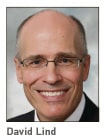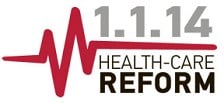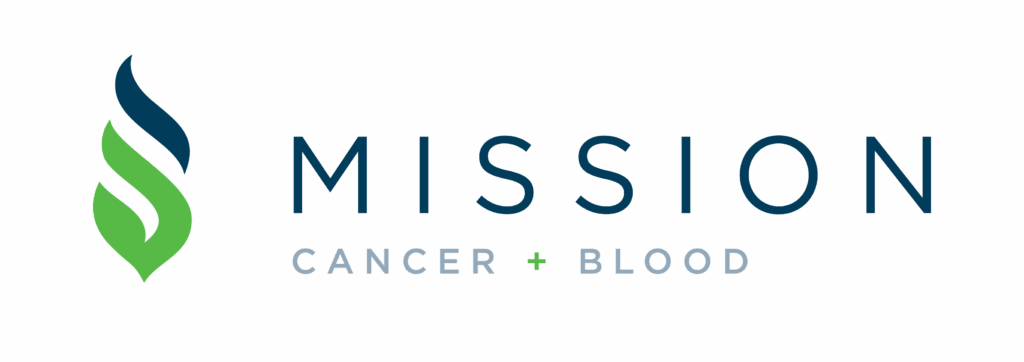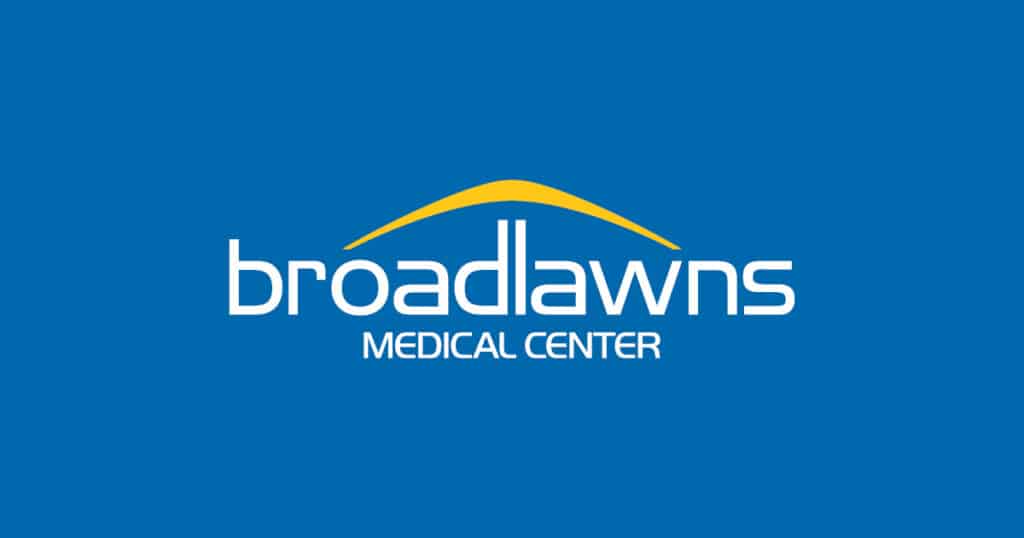Health Care: Premium costs could double


In addition to trying to slow cost increases by implementing measures such as employee wellness programs, employers will need to decide to what extent they will pass those cost increases along to their workers, if indeed they choose to continue offering health insurance as a benefit at all.
“I chair our firm’s benefits committee, so not only am I a consultant in the health-care area, I’m also a consumer,” said Wayne Reames, an attorney with Belin McCormick P.C. “We have for the last 10 years been concerned, year after year, about simply maintaining the current level of high-quality benefit with a reasonable increase in costs. There is nothing in (the Affordable Care Act) or on the horizon that gives me hope we will have less concern with that.”
Steve Gooding of Reynolds & Reynolds Inc. blames exorbitant prescription drug prices as a major driver for increasing health-care costs. His insurance brokerage firm handles claims for name-brand specialty drugs that can run as high as $40,000 per month for a single prescription. “That’s just something that’s difficult for a health-care plan to absorb, so cost trend lines are going to continue going up.” he said.
Many experts believe the Affordable Care Act’s requirements have increased health-care costs between 2 and 5 percentage points since it was enacted. What remains to be seen is how much more costs will rise due to increased utilization as additional benefits kick in, Gooding said. “We have one employer, that once their mental health limits were lifted and it went to 100 percent benefit, their utilization for the same timeframe one year later had doubled,” he said. “So those are hidden costs that are ultimately going to be built into an employer’s overall costs.”












